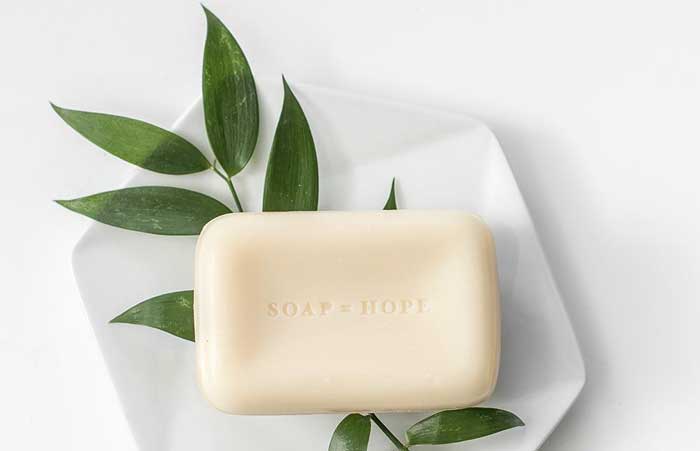Introduction
Soap, as one of the oldest and most essential hygiene products, plays a crucial role in maintaining personal health and cleanliness. Used since ancient times, soap has diversified with technological advancements and has found its way into global markets. This article will discuss the production process of soap, its types and characteristics, its export, and the opportunities and challenges in both domestic and international markets.
Soap Production Process
Soap production generally follows two main methods: the cold process and the hot process.
1. Cold Process: In this method, raw materials including fats and lye are mixed together and saponify over time without the addition of heat. This process is time-consuming but produces soaps with better properties.
2. Hot Process: In this method, the mixture of fats and lye is heated, which speeds up the saponification process. This method is suitable for mass production.
Types and Characteristics of Soap
Soaps are categorized based on their ingredients and purposes:
1. Toilet Soap: High-quality and usually contains fragrances and softening additives to care for the skin.
2. Antibacterial Soap: Contains antimicrobial agents that help reduce the growth of bacteria on the skin.
3. Household Soap: Made for general use and cleaning purposes, often produced from simpler materials.
Soap Export
The export of soap, particularly specialty and boutique varieties, is on the rise due to high quality and global demand. Target markets include countries with high sanitary and environmental standards.
Opportunities and Challenges in Domestic and International Markets
Opportunities:
– Product Diversification: Offering organic and natural soaps can attract international markets.
– Advanced Technologies: Using advanced technologies in soap production can provide higher quality products with added benefits.
Challenges:
– International Competition: Competing with global brands that dominate a large portion of the market.
– Raw Material Price Fluctuations: Changes in the prices of raw materials can impact production and pricing of soap.
Conclusion
Soap, with its long and effective history in personal hygiene, remains an integral part of the hygiene industry. By leveraging existing opportunities and addressing challenges, manufacturers can solidify their position in both domestic and international markets.

